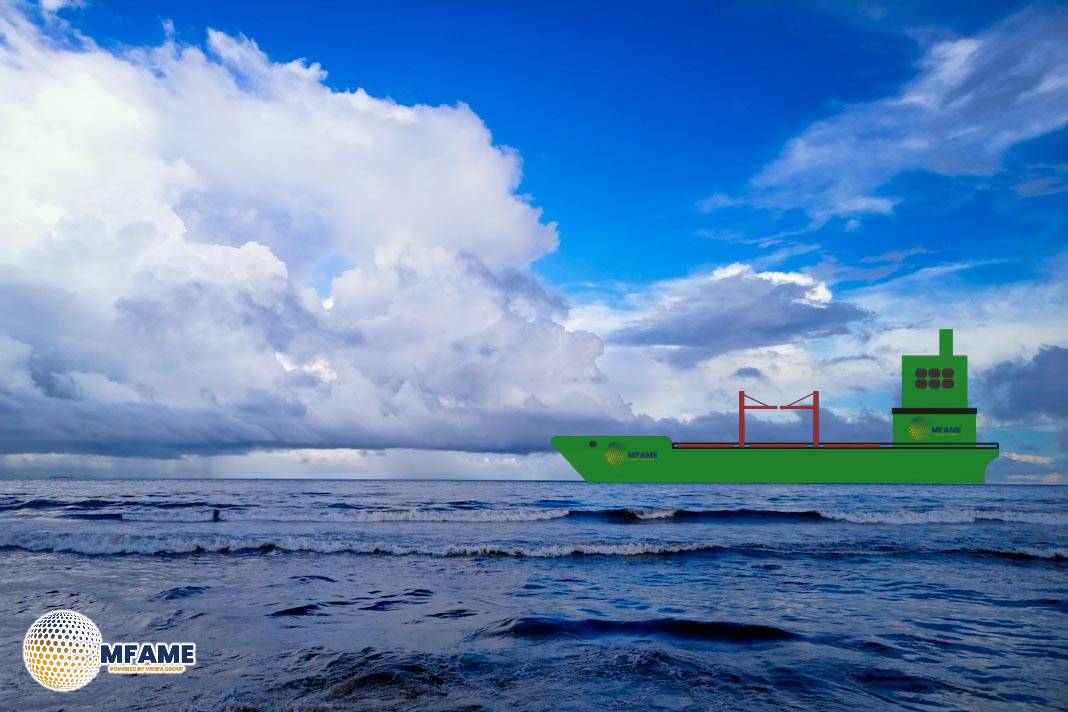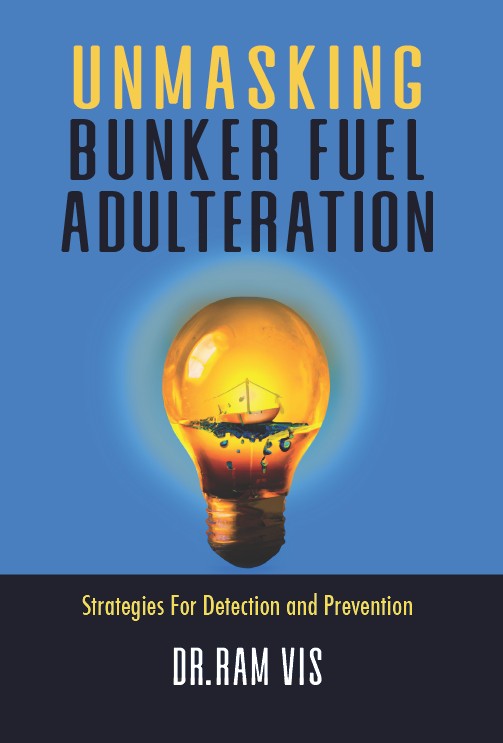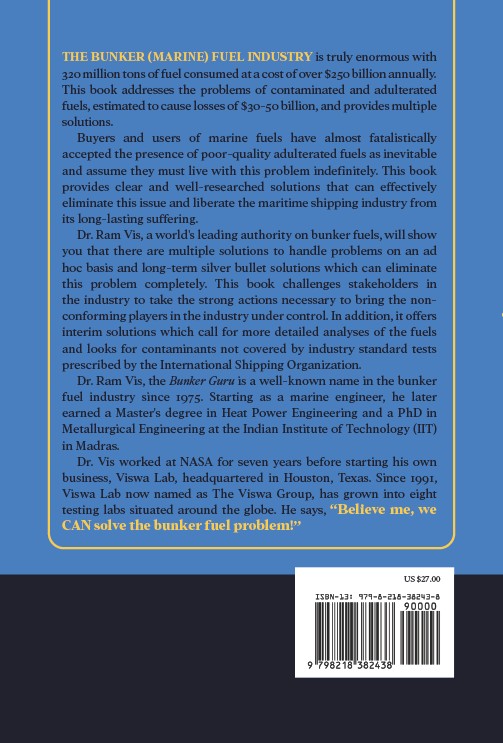A recent marine casualty, resulting in a fire and severe injuries to two crewmembers, highlights the risks associated with Liquified Natural Gas (LNG), performing hot work in hazardous zones, and the necessity of maintaining a robust lockout/tagout program.
Investigation
The Coast Guard’s investigation revealed that two crewmembers were conducting hot work in a known hazardous zone on the air castle deck of a tri-fueled vessel (LNG, diesel, battery). Unaware that the vessel was currently using LNG as its fuel source, the crew initiated hot work in an area they would have otherwise avoided had they known about the active fuel source being used at the time. Compounding this risk, the actuator for the engines’ purge valve malfunctioned, causing methane vapors to vent into the hot work area. Mistaking the area as being gas-free, the crewmembers struck a lighter, igniting the methane and resulting in severe burns and a fire onboard.
The International Code of Safety For Ships Using Gases or Other Low-Flashpoint Fuels (IGF Code) section 18.7.1 requires “Hot work in the vicinity of fuel tanks, fuel piping and insulation systems that may be flammble, contaminated with hydrocarbons, or that may give off toxic fumes as a product of combustion shall only be undertaken after the area has been secured and proven safe for hot work and all approvals have been obtained.” Although the IGF Code was not specifically applicable to this vessel at the time of the incident, it is highly recommedned that this prescriptive requirement be taken into consideration on all vessel’s operating with LNG as a fuel source. The crewmembers in this incident were allowed to conduct hot work in the area without similar checks and procedures in place, as described in the IGF Code.
Recommendations
The Coast Guard strongly recommends that vessel owners, operators, and other stakeholders:
- Review and Implement Lockout/Tagout Procedures. Ensure LNG systems are tagged out before conducting any hot work in or near hazardous areas. Crewmembers must verify the lockout/tagout status of the system before beginning work.
- Develop Multi-Fuel System Procedures. Establish procedures to ensure all crewmembers are aware of the additional hazards posed by multi-fuel systems, with a clear focus on what work is permissible based on the active fuel type.
Marine inspectors, investigators, and surveyors are urged to remain vigilant about these issues and take corrective actions as needed.
Did you subscribe to our daily Newsletter?
It’s Free Click here to Subscribe!
Source: USCG

























